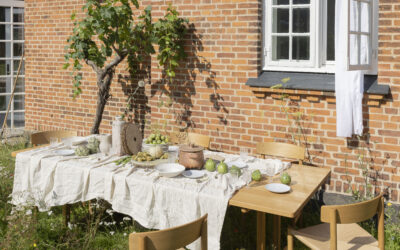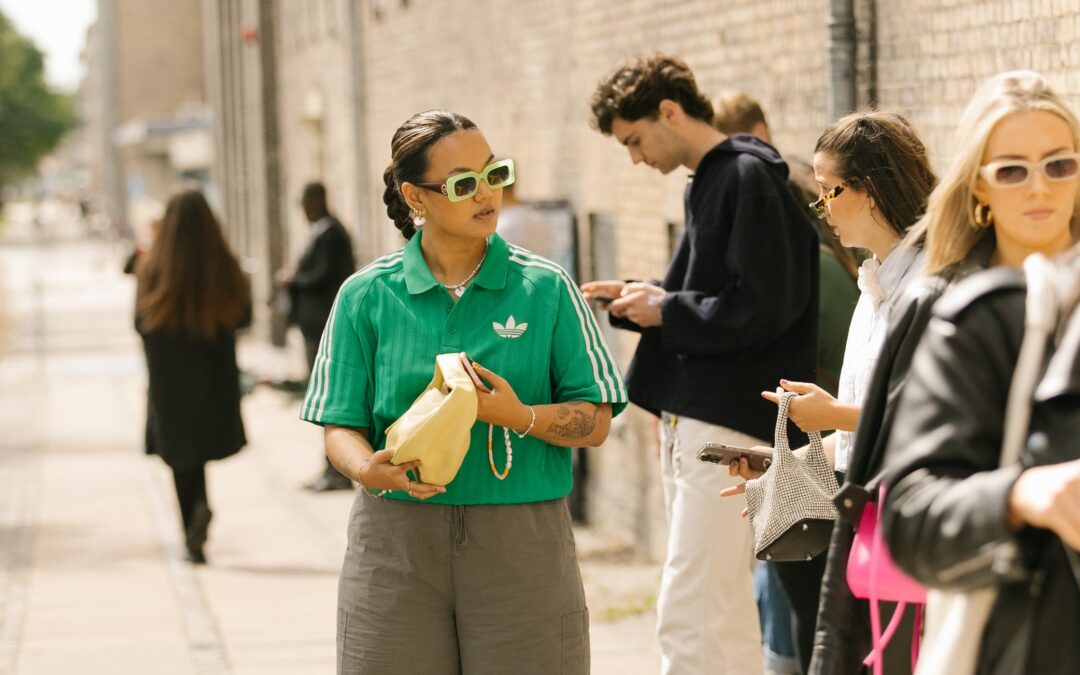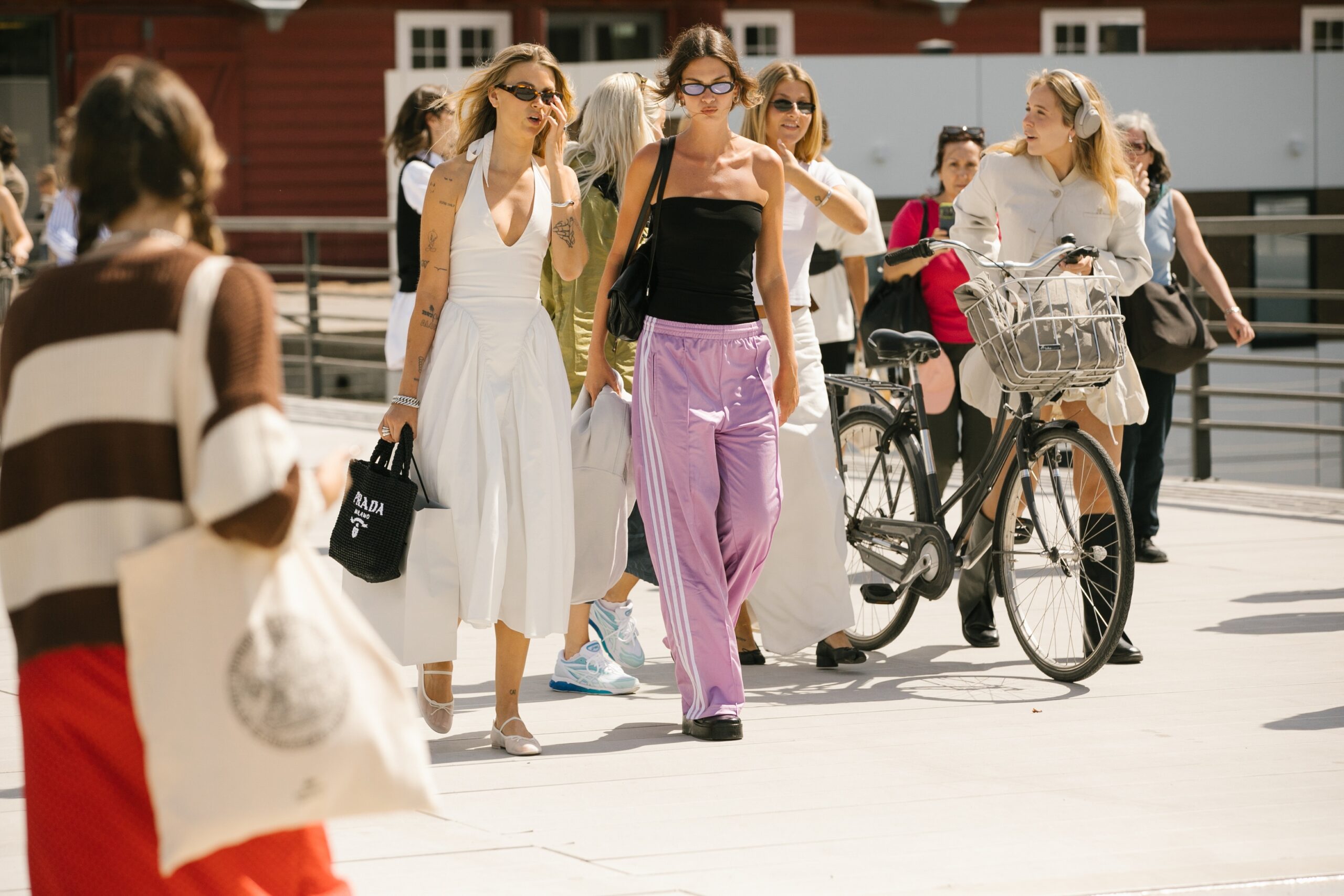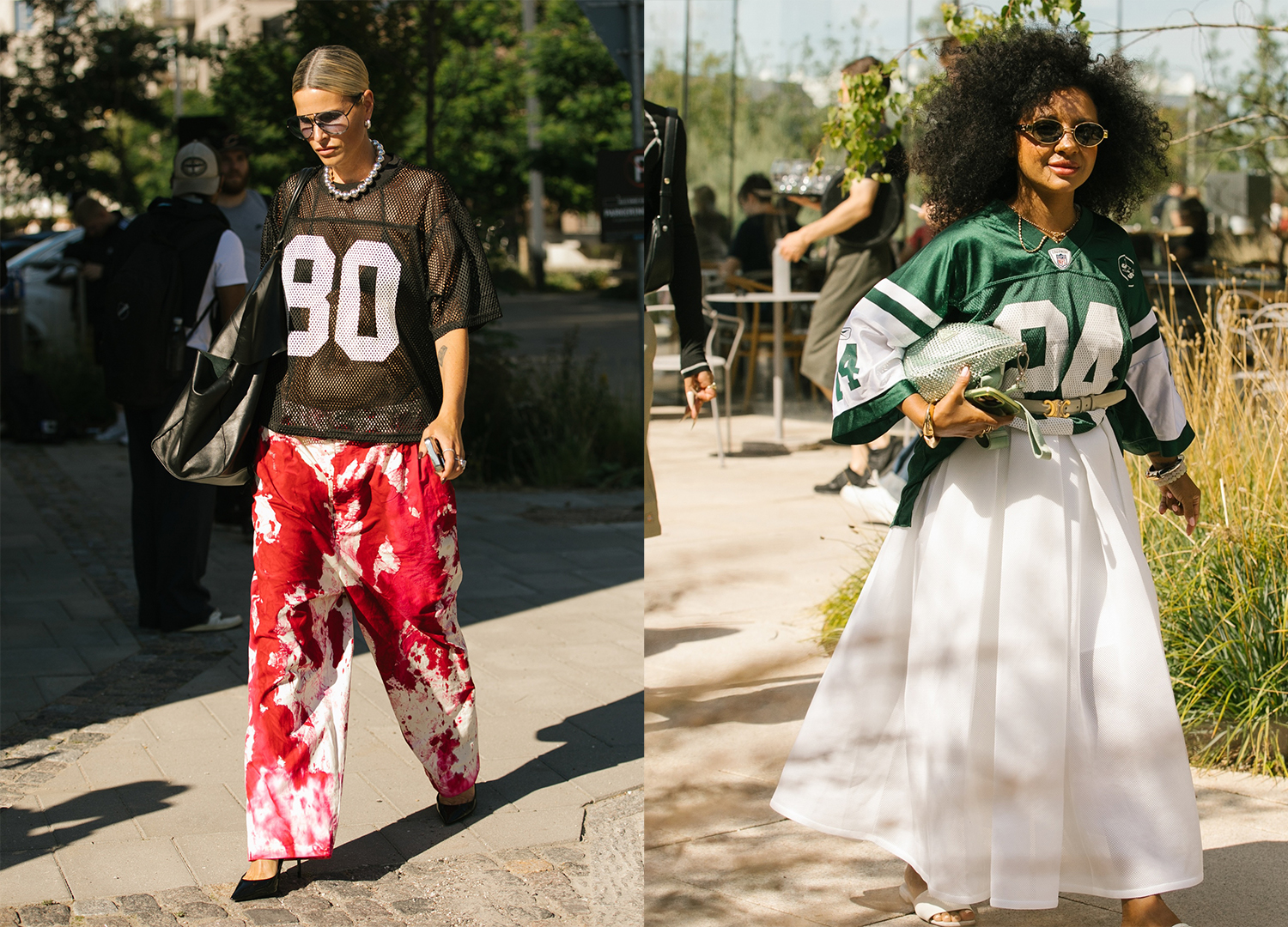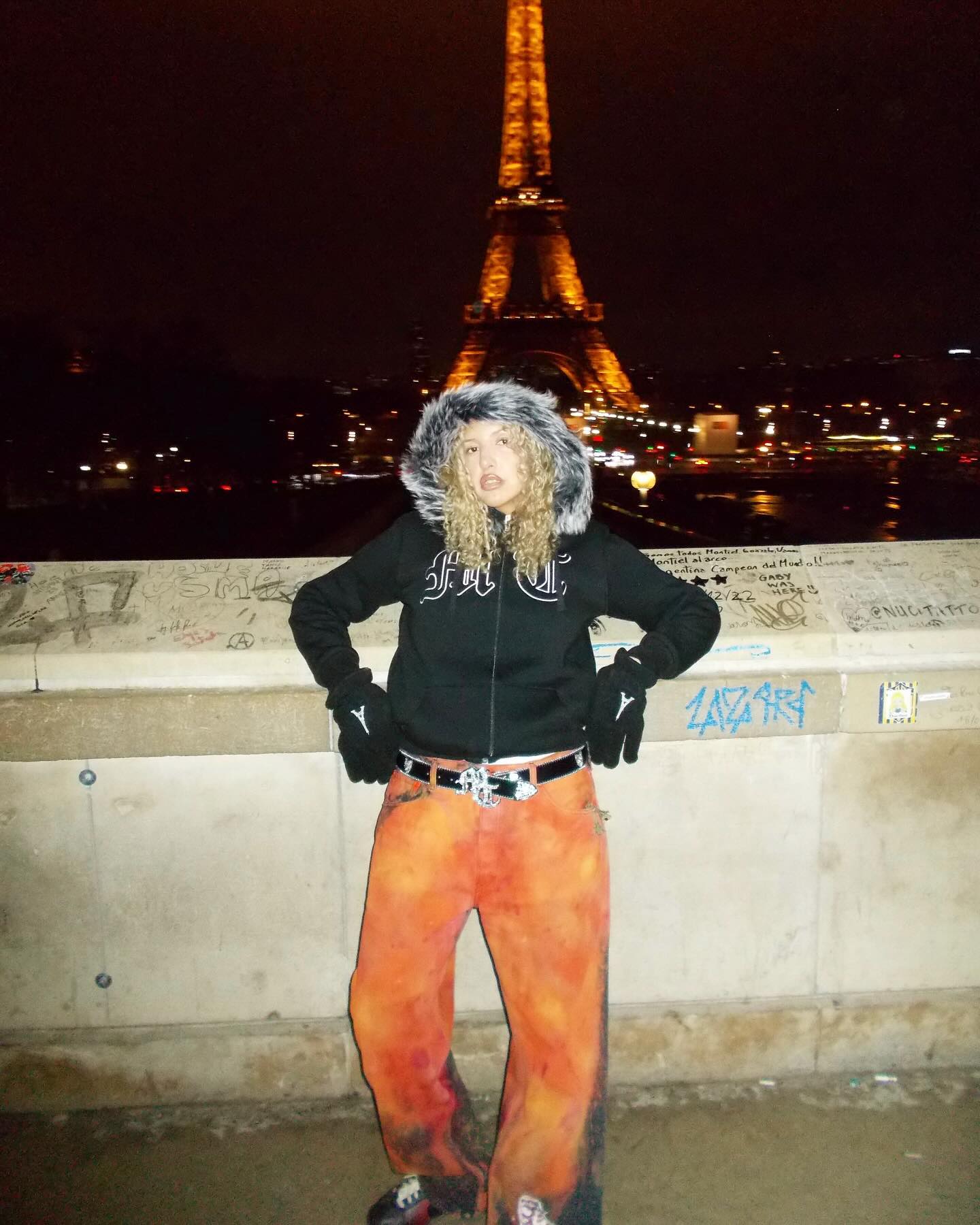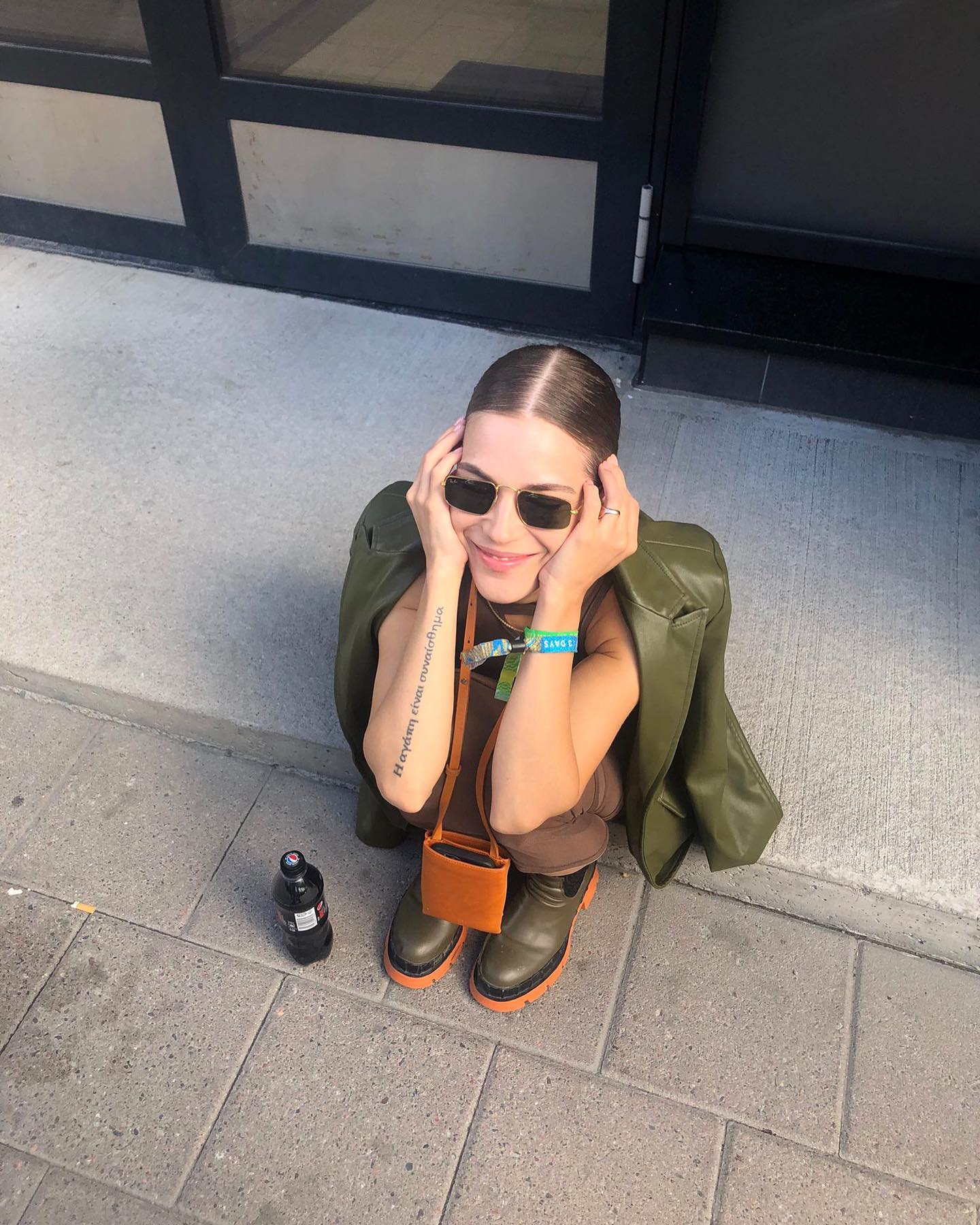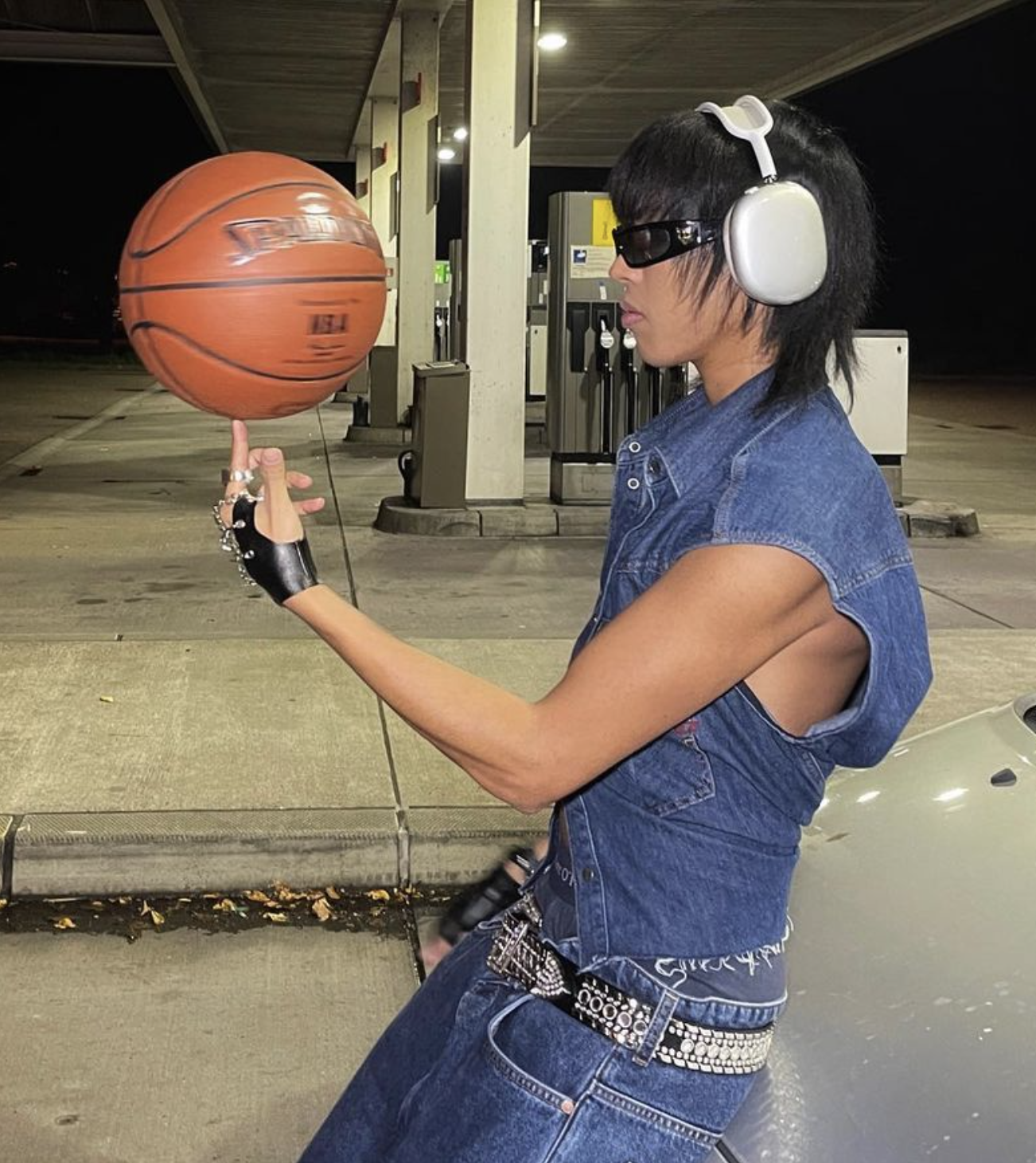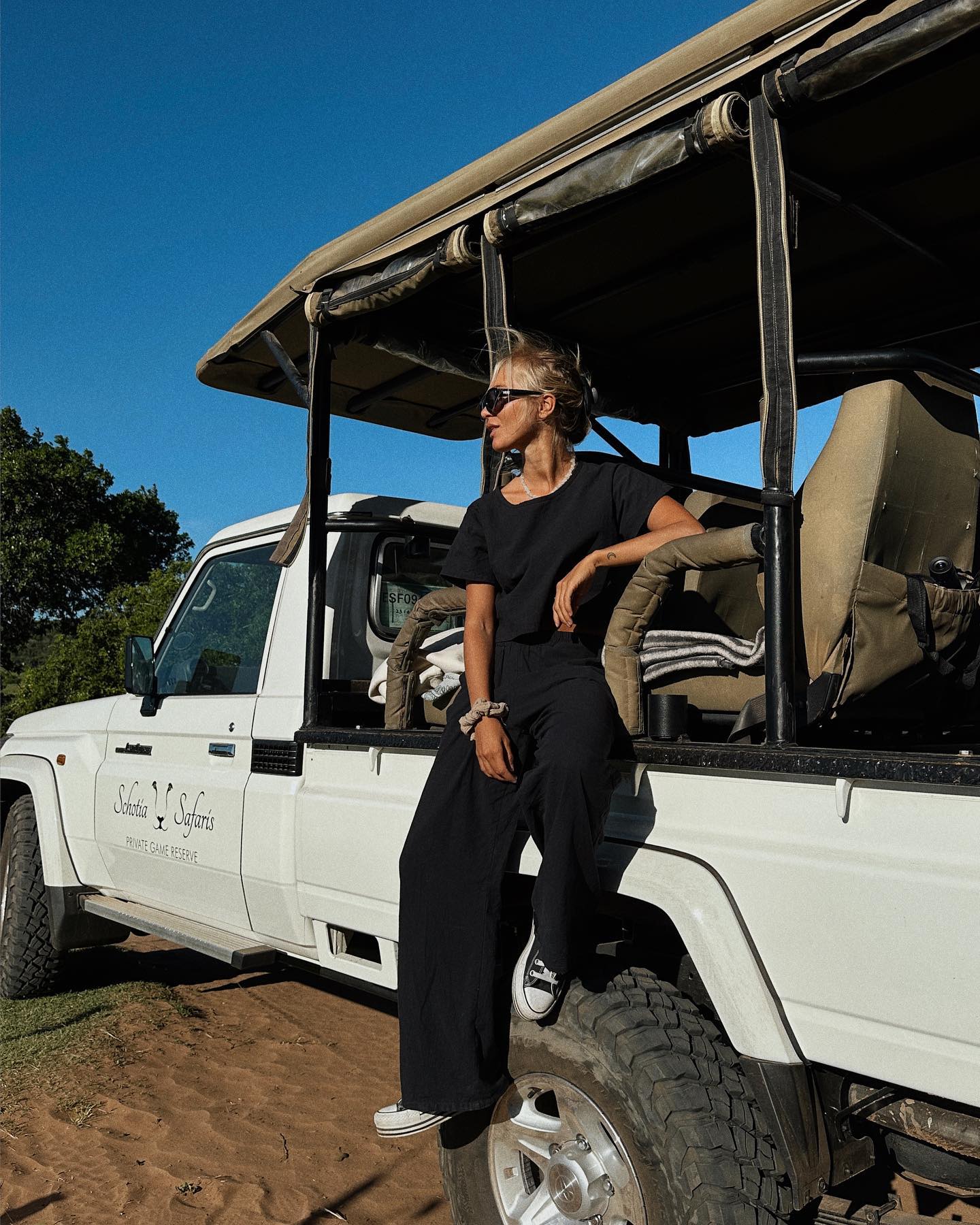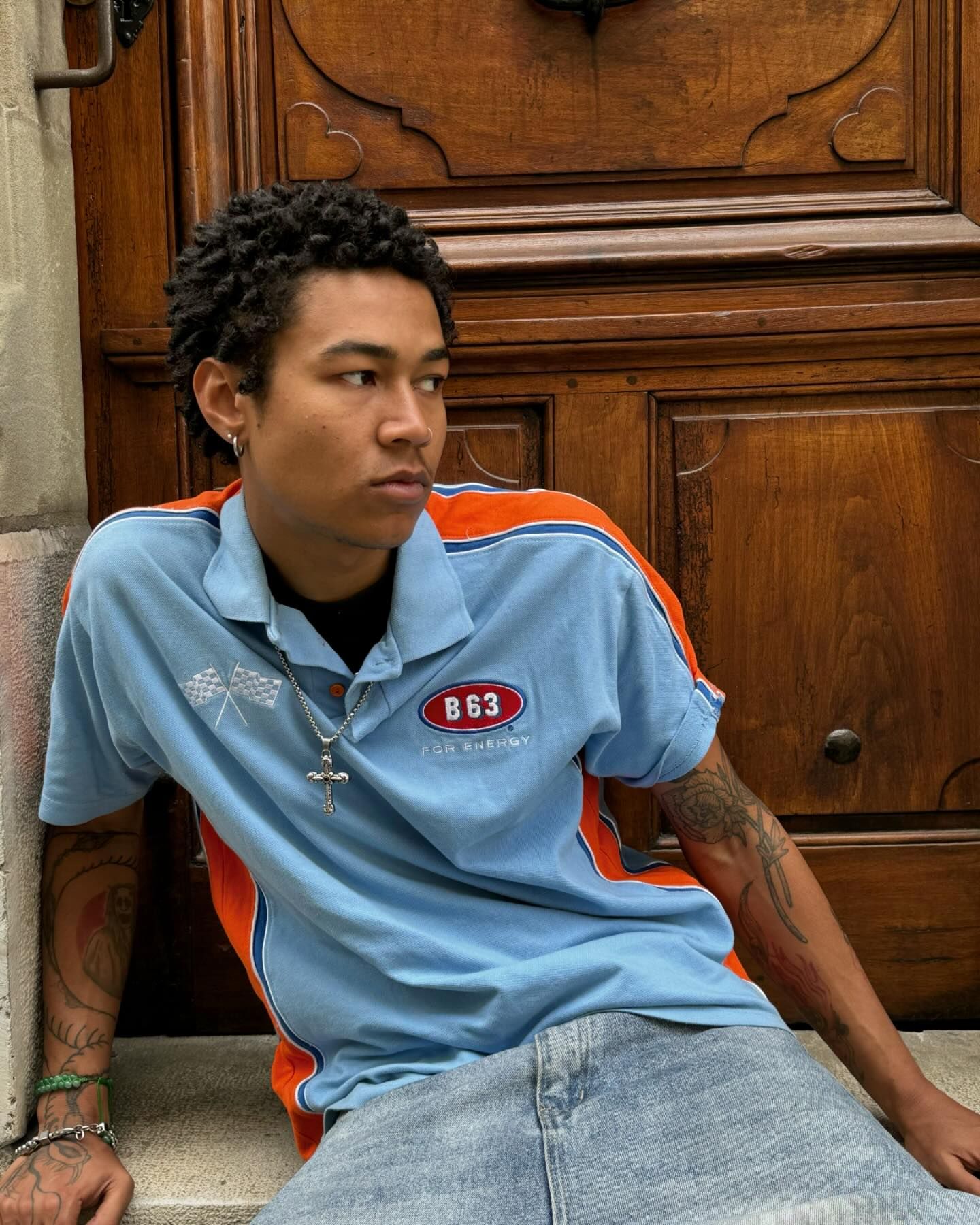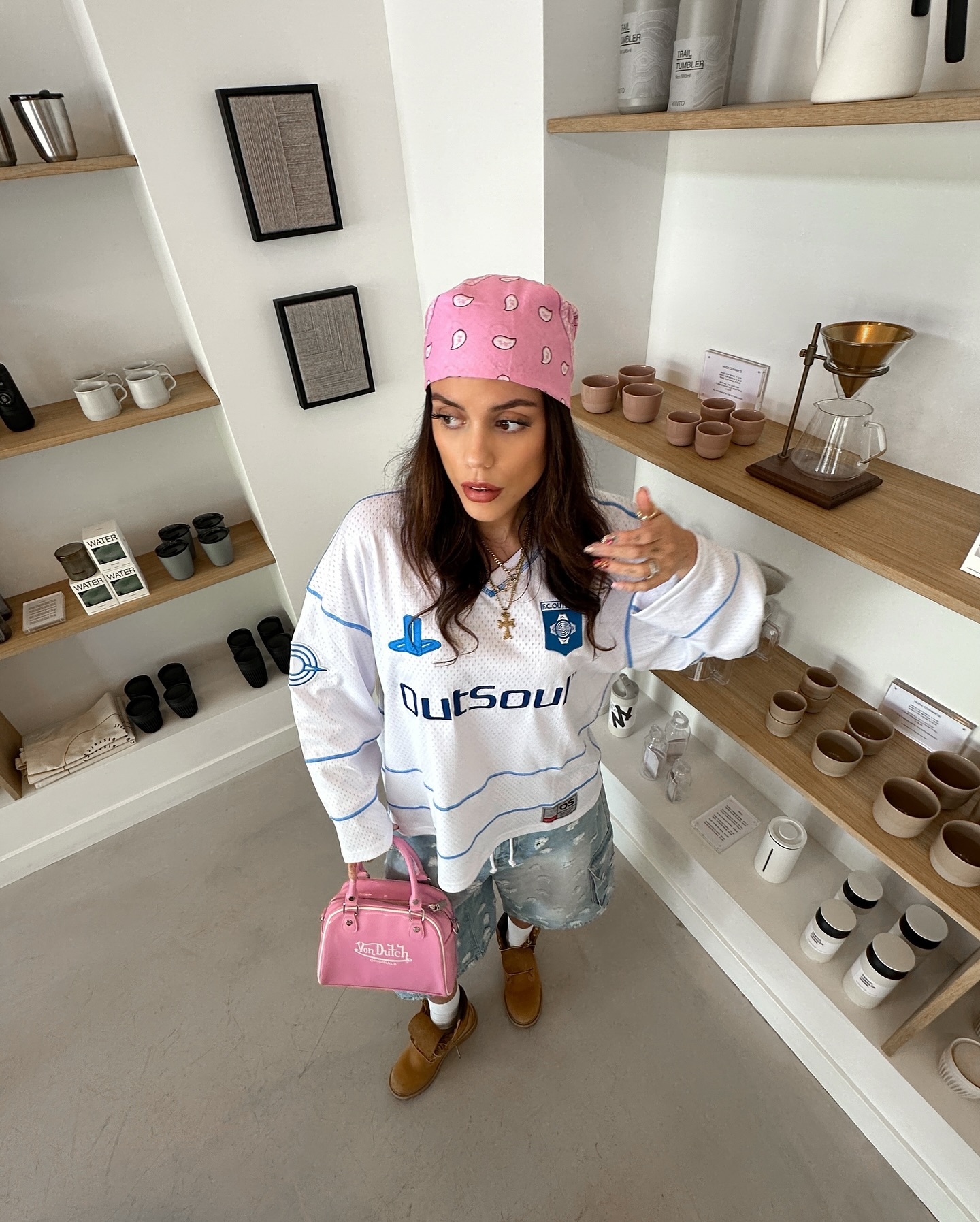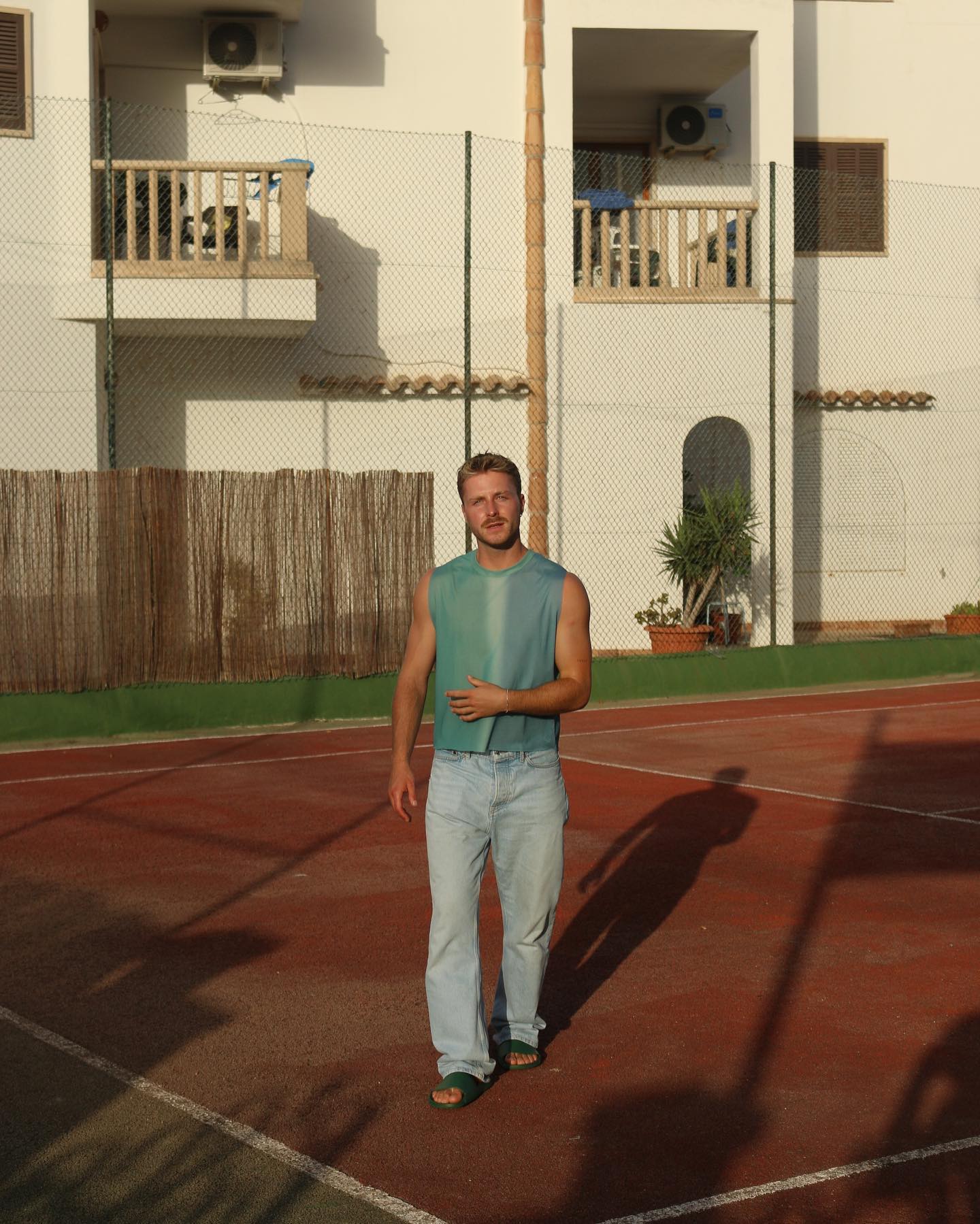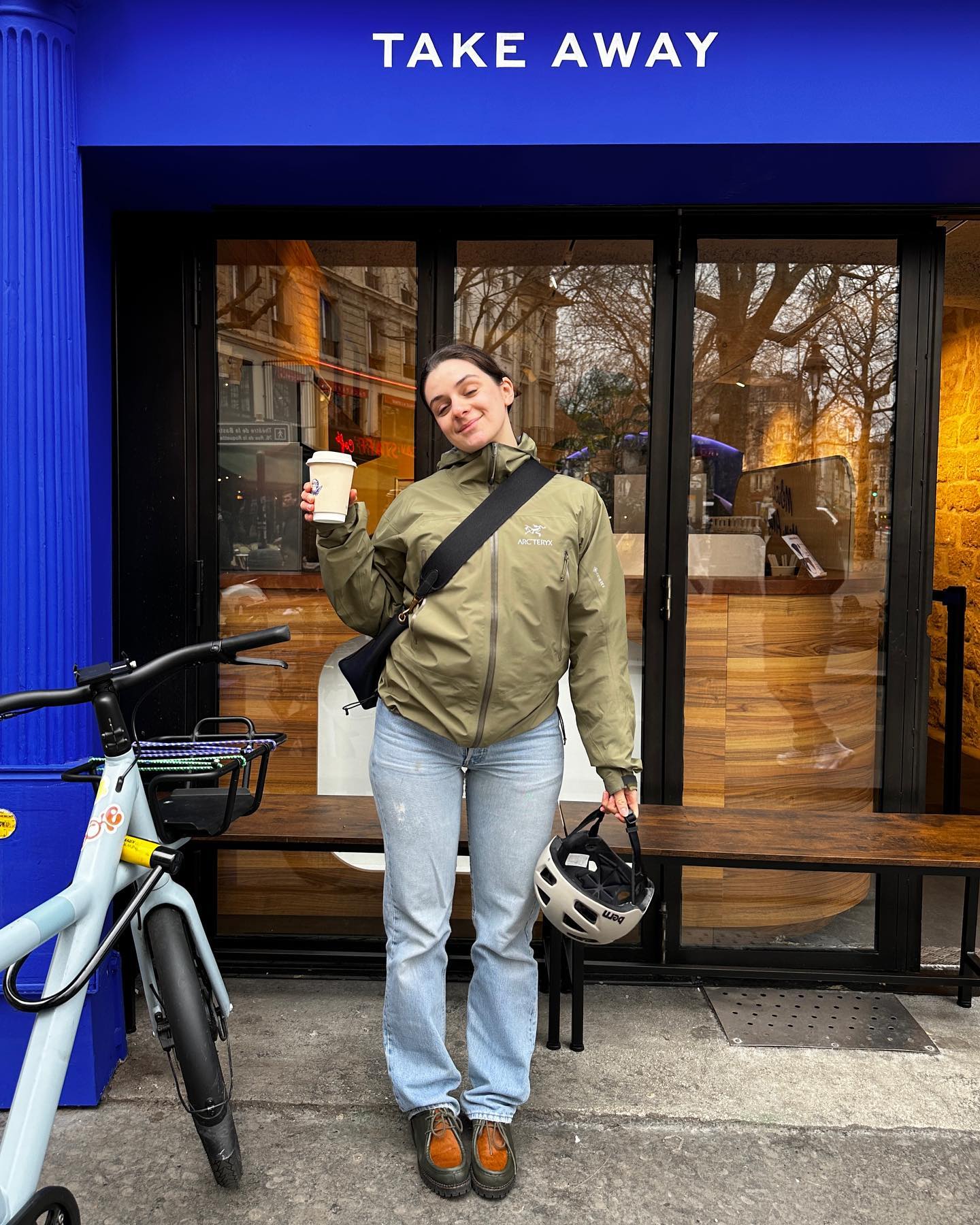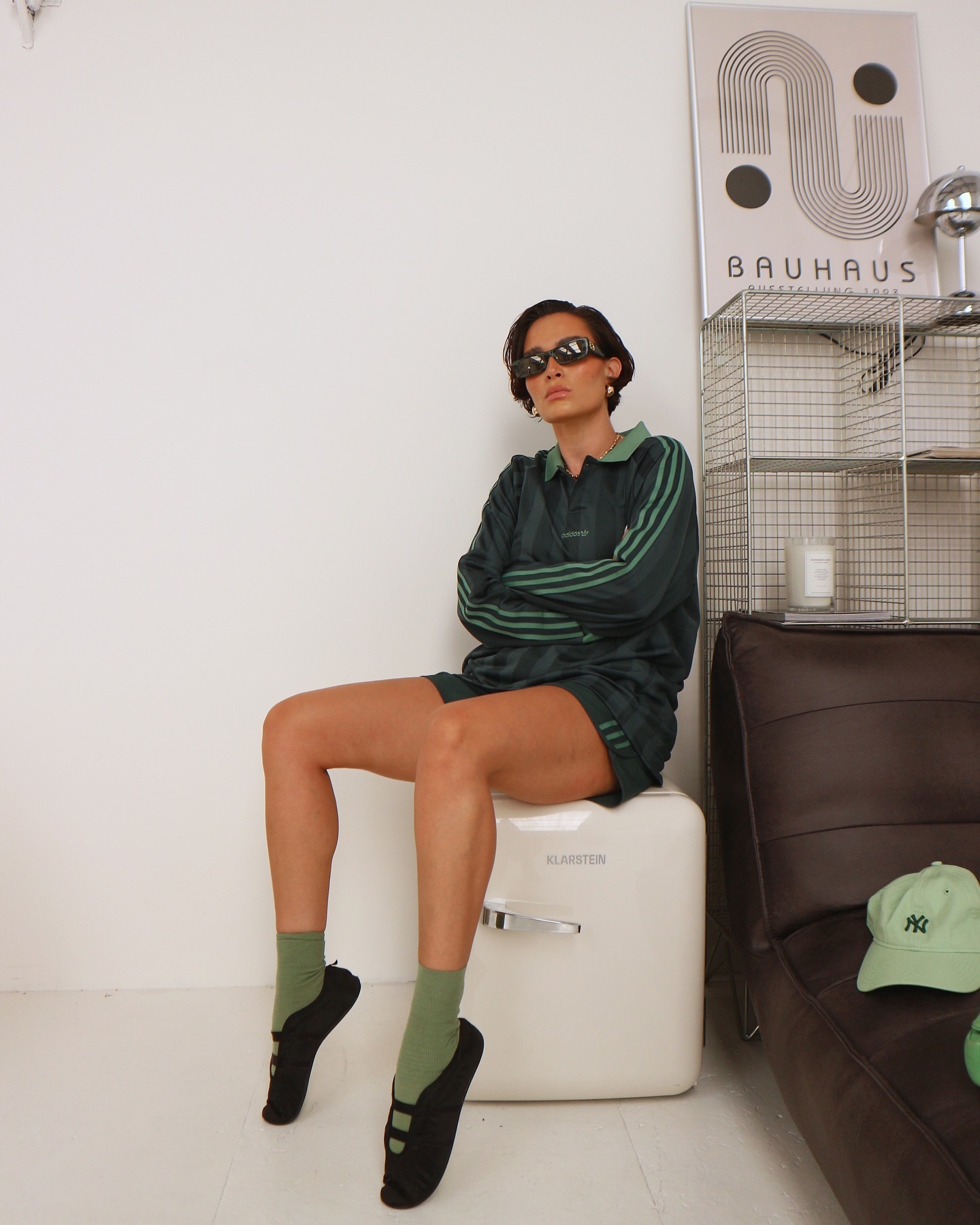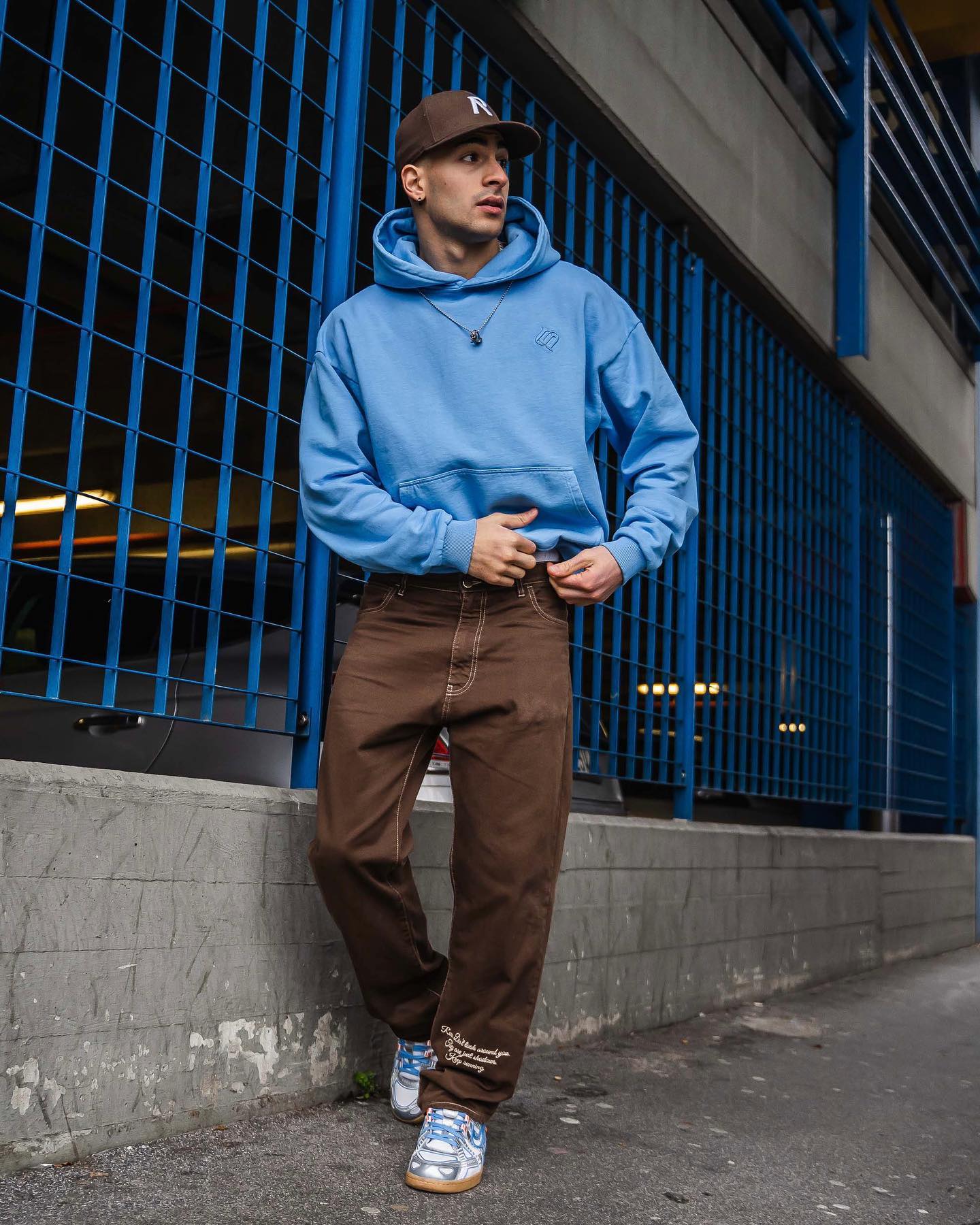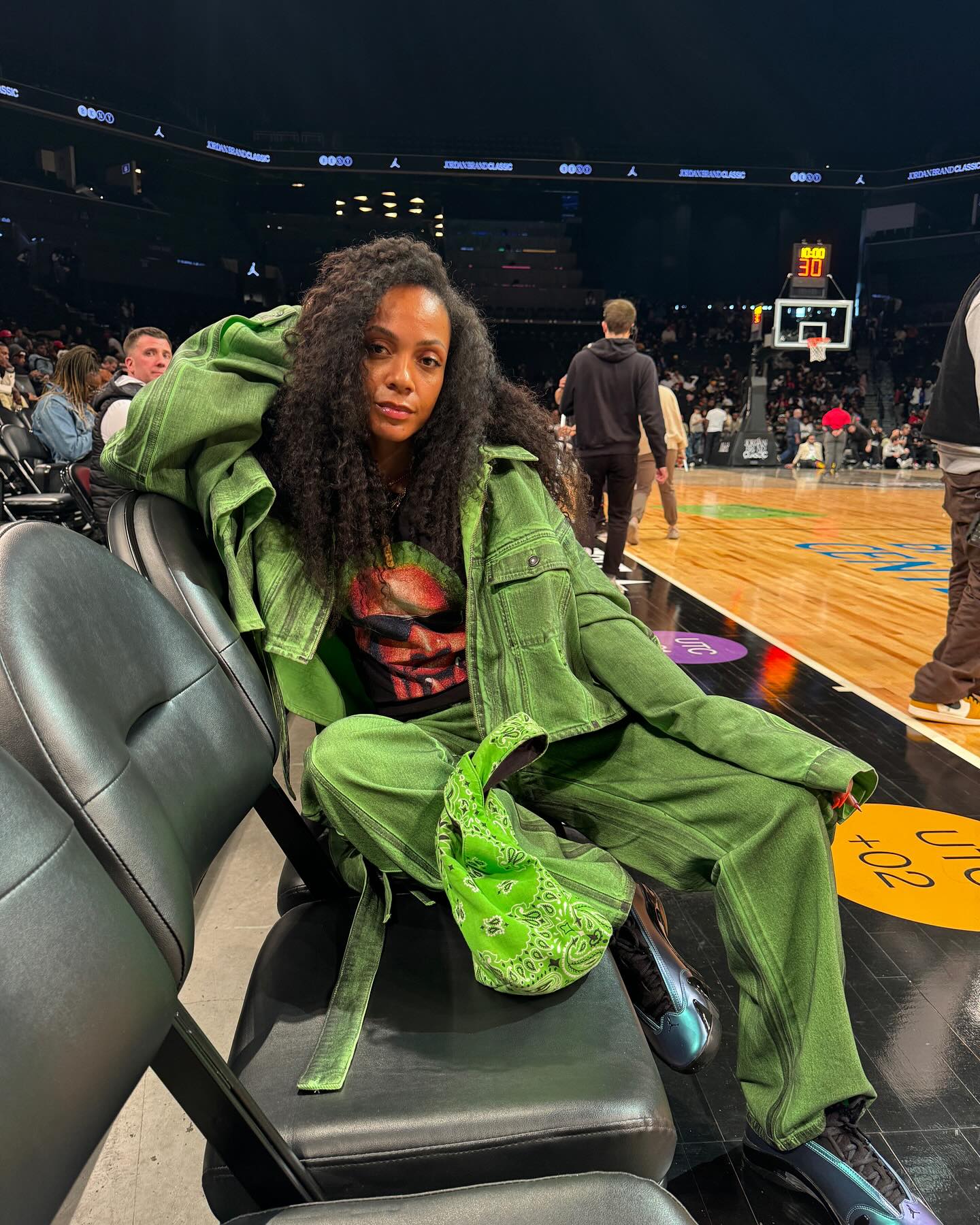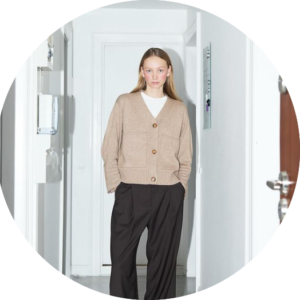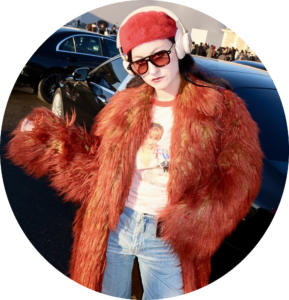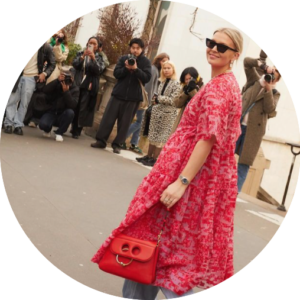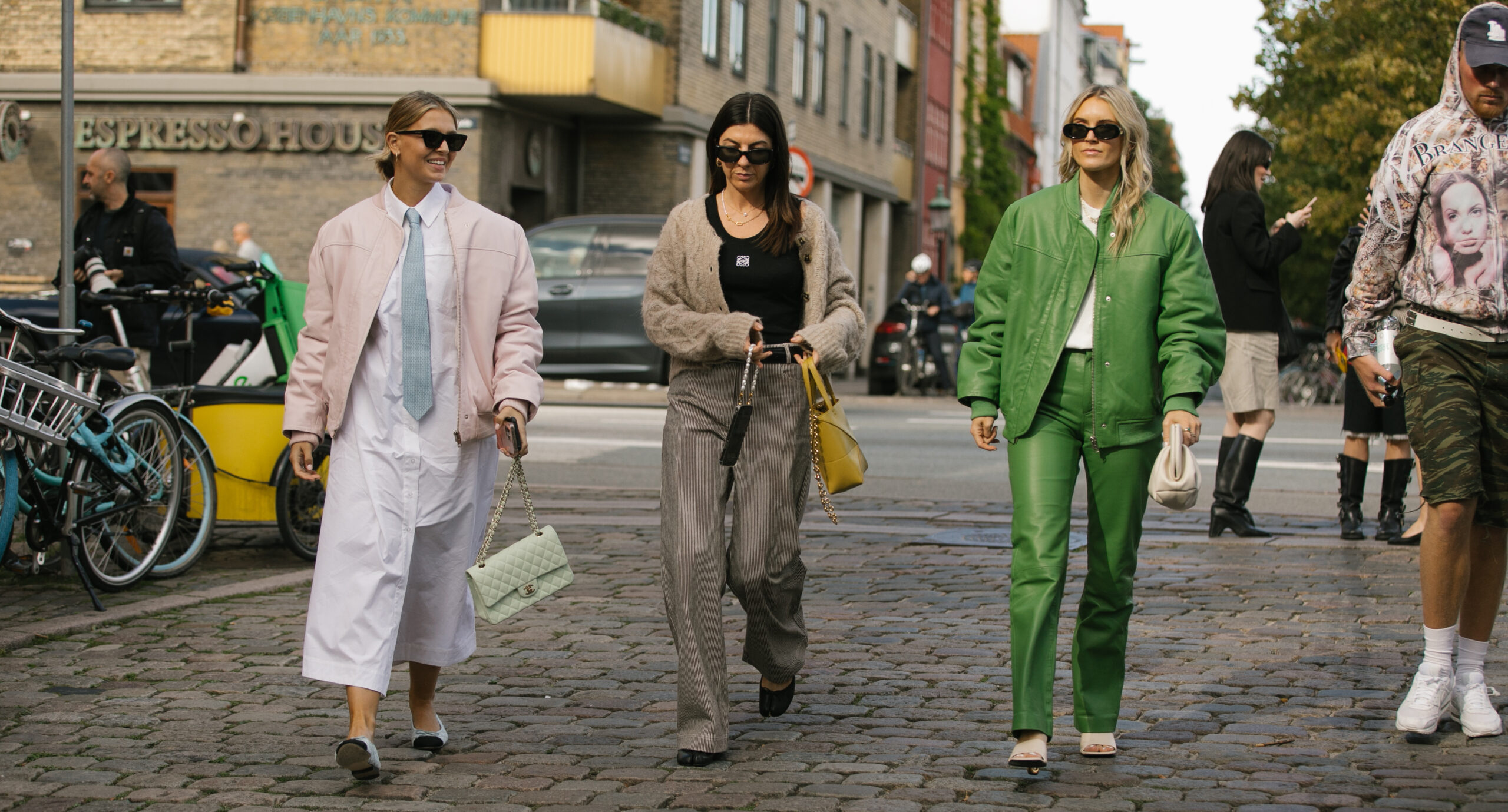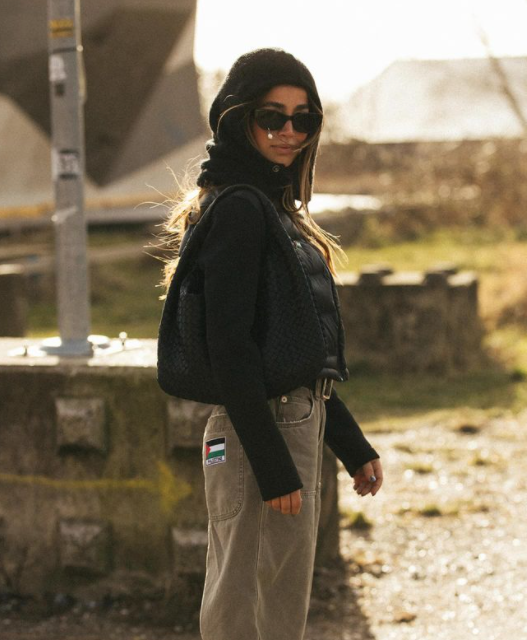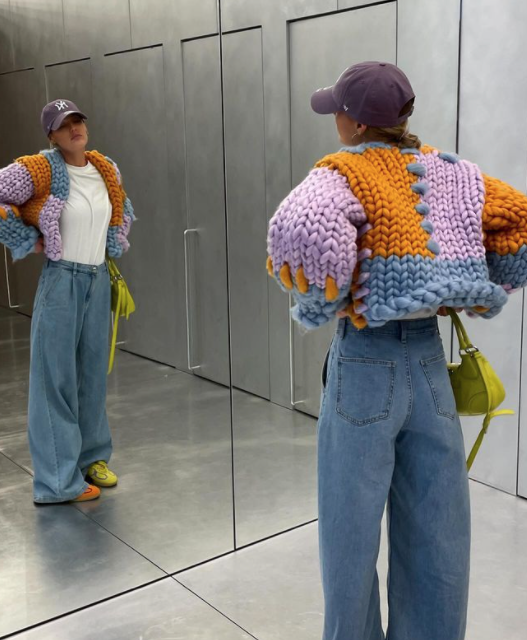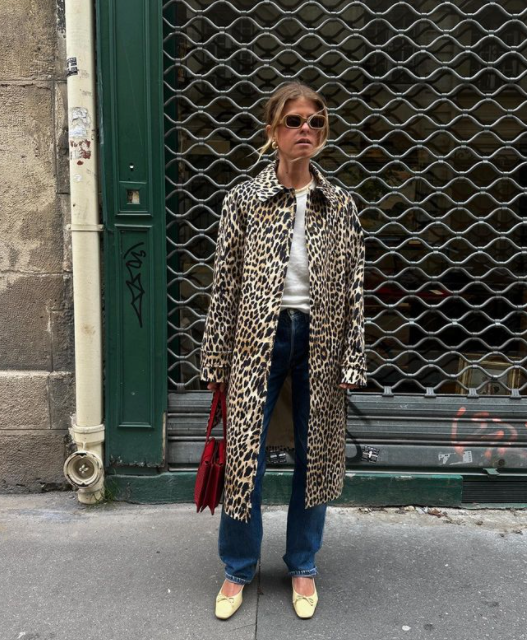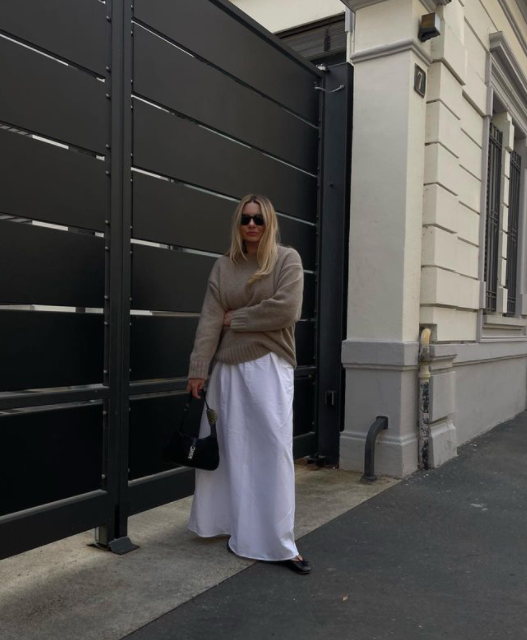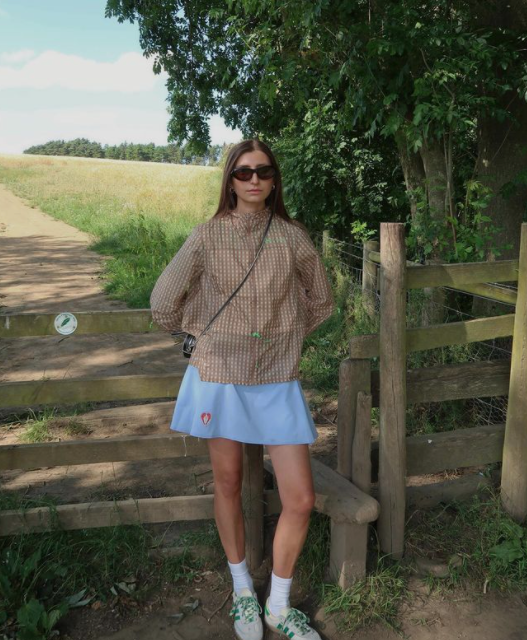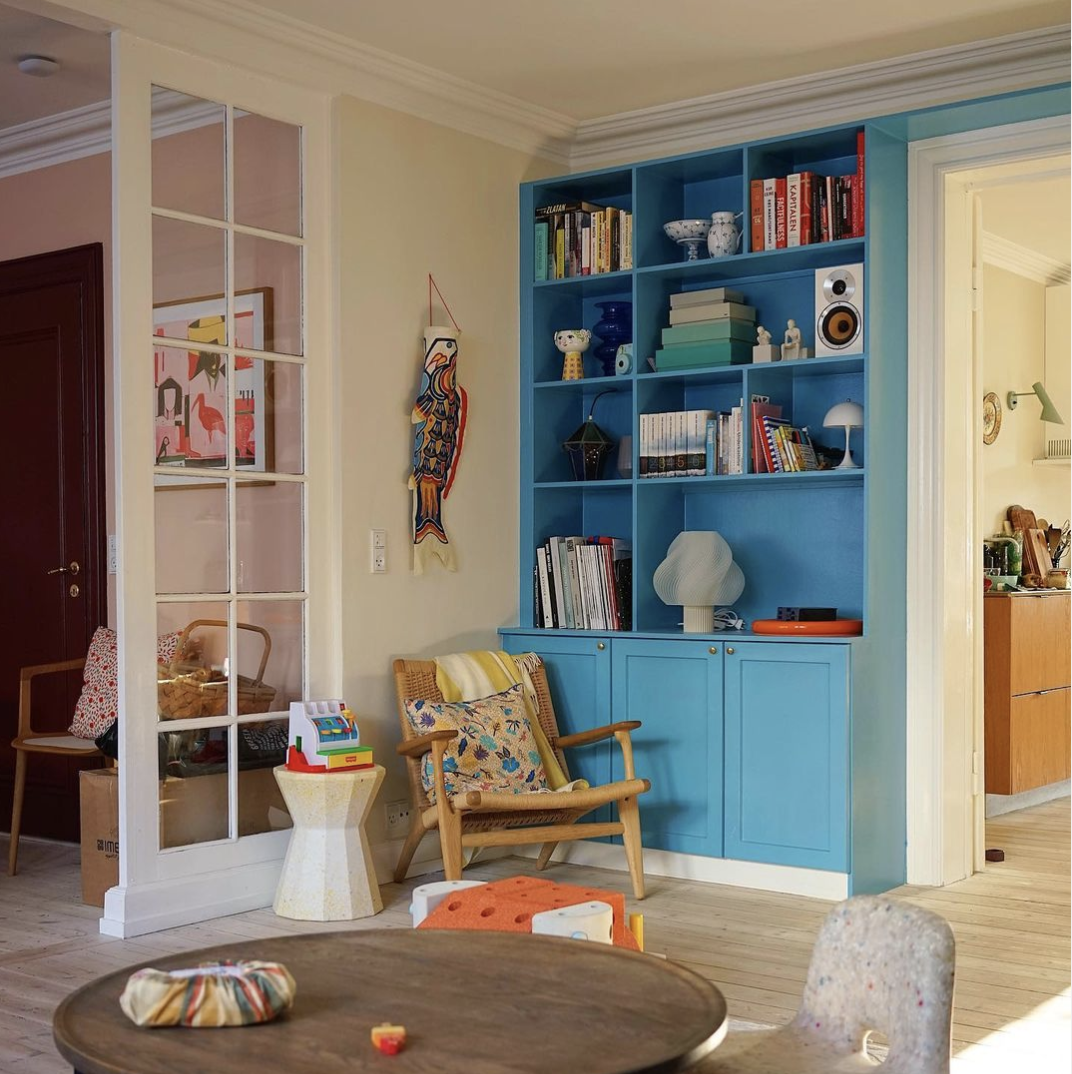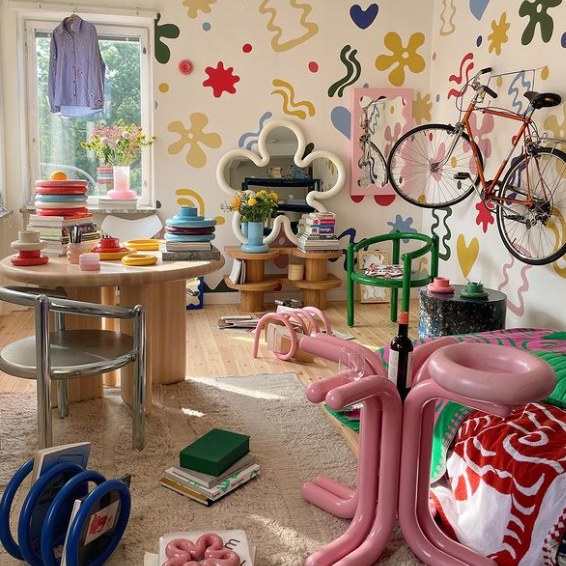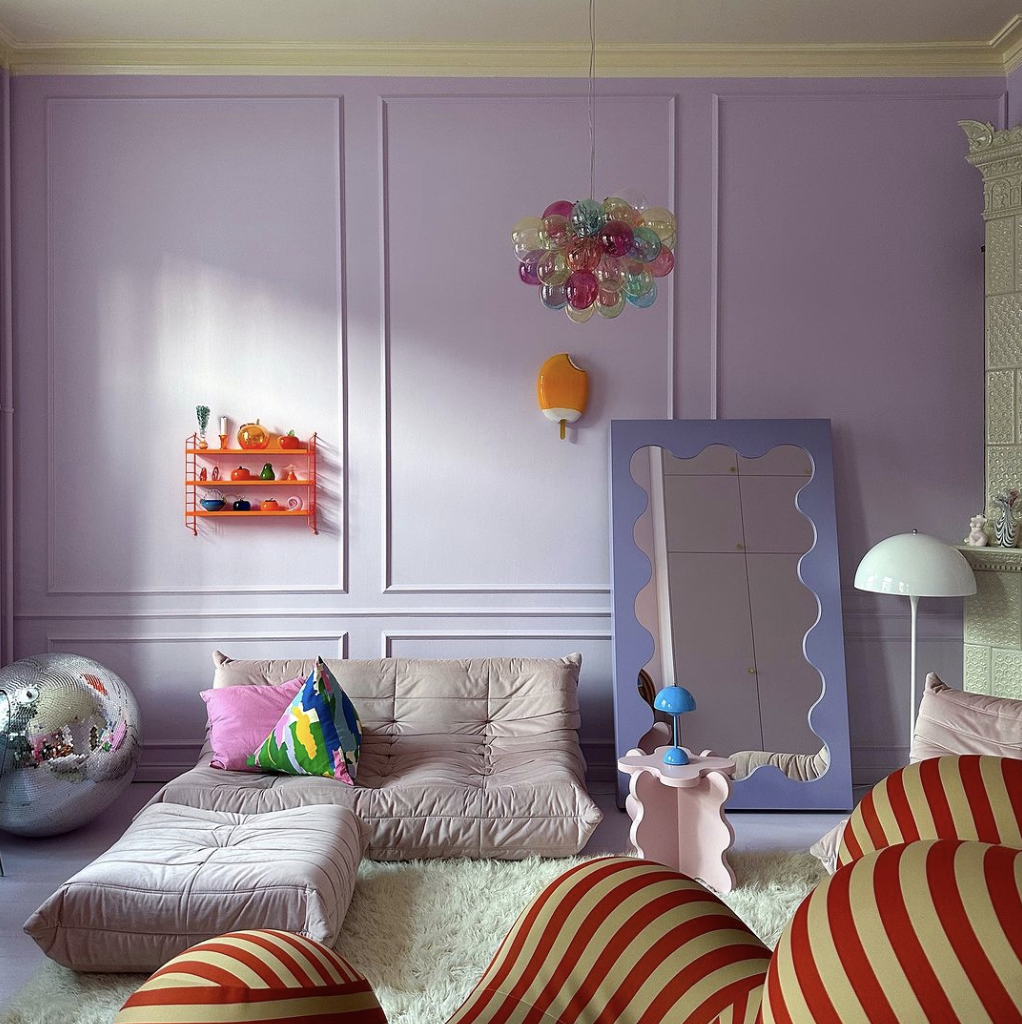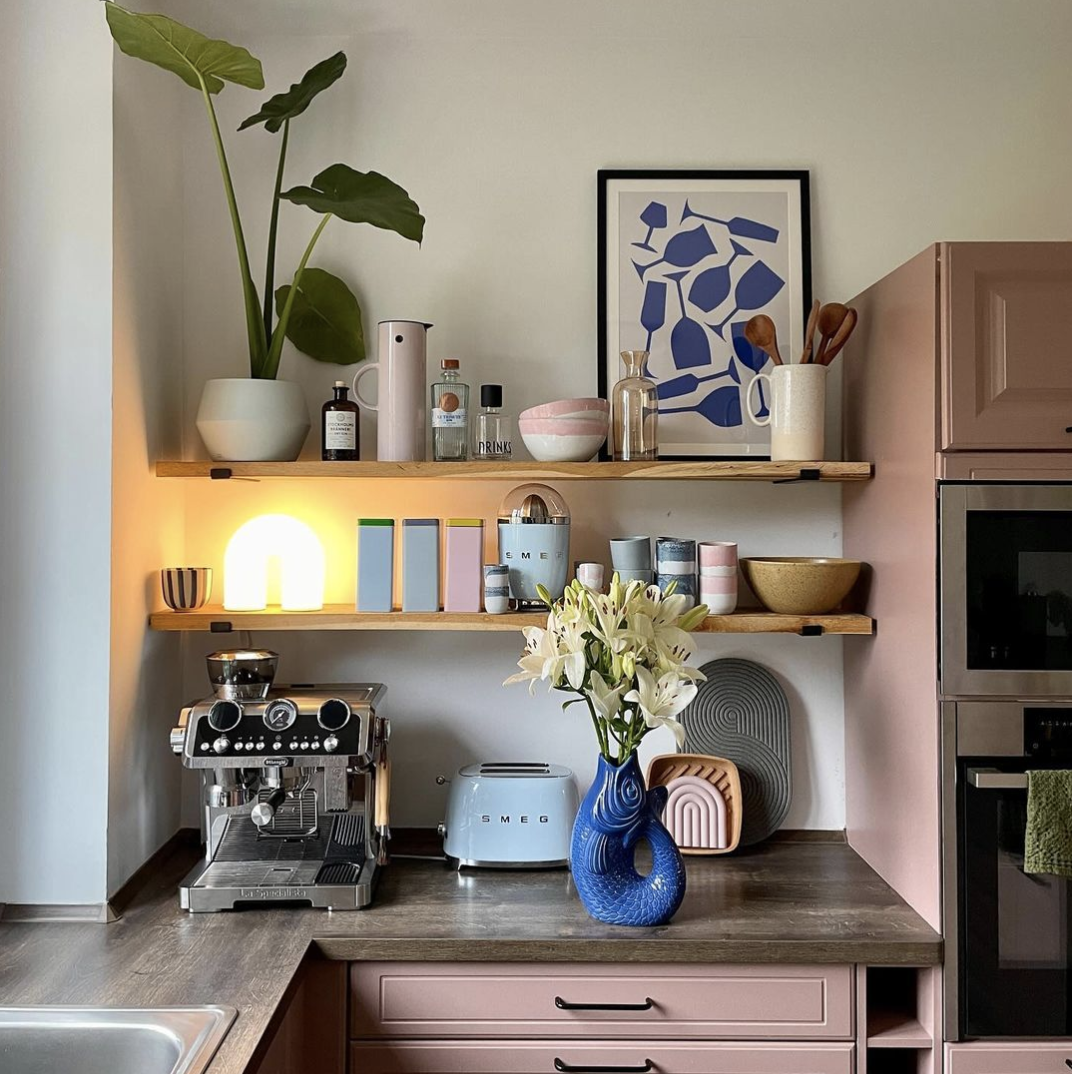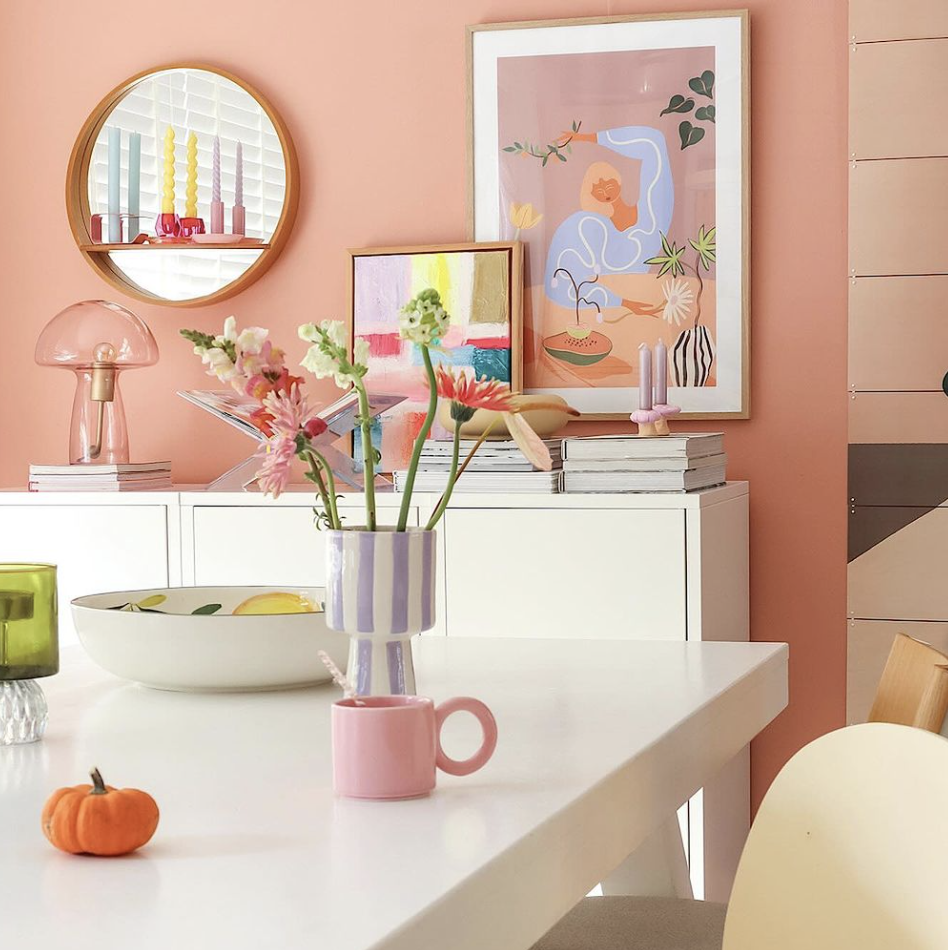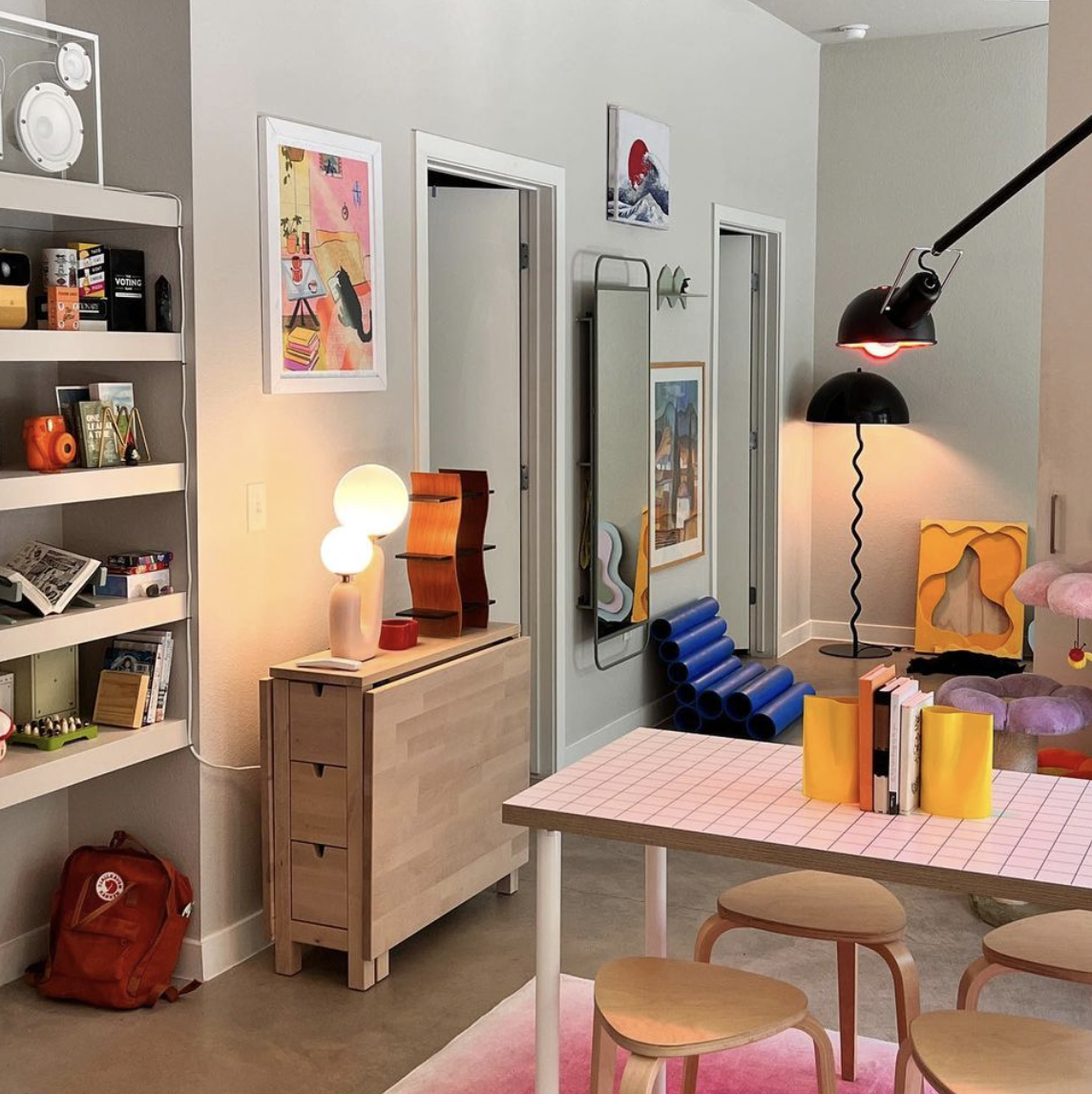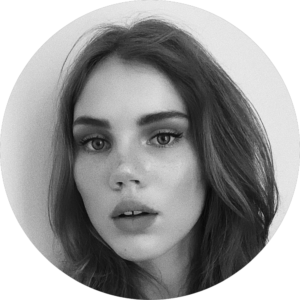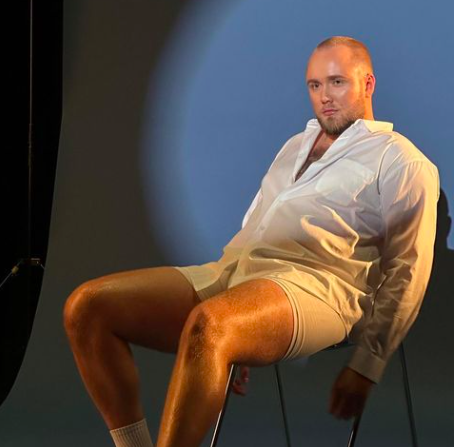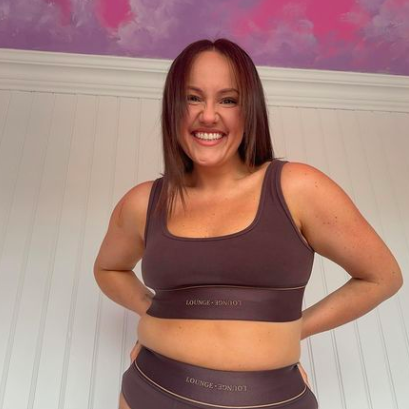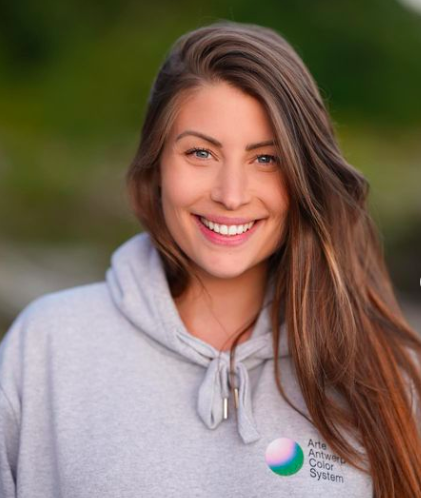With a fast-paced everyday life, the principles of slow living stand in a sharp and perhaps comforting contrast. As the movement progresses, more people are integrating the values of slow living into all areas of their lives – from slow food to slow fashion and slow...

Mastering Sustainable Branding in Interior Design
Mastering Sustainable Branding in Interior Design
In recent years, the appeal of trendy marble coffee tables, plush sofas, and finely designed lamps has captivated us all. While the interior design industry often embodies craftsmanship, it also has a less glamorous side: its environmental impact. This reality has pushed terms like circularity, recyclability, and sustainability to the forefront of the interior design industry. At the same time, the industry’s emphasis on aesthetic appeal, which is deeply inherent in its marketing and branding, raises the challenge of seamlessly integrating sustainability values without compromising its visual allure. So, what does it truly mean for a brand to embrace sustainability in interior design? And how can companies strike a balance between captivating aesthetics and embedding circularity and recyclability as foundational elements of their brands?
To explore these questions, VOCAST has spoken to Mater, a Copenhagen-native interior brand founded in 2006, pioneering green-tech interior design with sustainability and circularity at its core.
Meet Trine Mark Egeberg
Trine Mark Egeberg joined Mater in 2021 as Head of Marketing, PR, and Sustainability. With a background in brand building, marketing activation, and product management, Trine shared unique insights into how Mater successfully integrates sustainability into its aesthetic-driven branding and communication strategies.
From Trends to Necessities: Circularity and Recyclability in Interiors
Circularity and recyclability have become hot topics in the interior design industry, as conservation and saving the environment from further damage have become pressing issues. At the same time, consumers continue to seek out designs that enhance their living spaces and well-being, following ever-changing trends. This high demand has forced the industry to rethink its production processes, driving innovation that prioritizes sustainability while maintaining impeccable style and appeal. For Mater, sustainability has always been at the core of its philosophy. Trine explains:
“When we started working with sustainability in 2006, most people actually thought sustainability was a passing trend—it wasn’t, and today it’s more important than ever.”
Trine emphasizes that Mater’s commitment to sustainability has been part of the brand’s DNA since 2006, evolving with each collection to the point where the brand now exclusively launches new products made from recycled materials or designed with other sustainable practices. According to Trine, the “simplicity” and “tangibility” of Mater’s sustainable messaging— is a crucial factor in countering rising issues of greenwashing in the industry.
“Our learning has definitely been to keep the sustainable messaging very simple. Sometimes you forget that we’re working with it every day, but for others, it can be quite complex.”
Trine further advises brands to focus their sustainability messaging on actions with significant impact, as this increases credibility and resonance with consumers:
“Don’t focus on things that have a small impact. A truly sustainable message should focus on the significant aspects that create real impact, rather than getting lost in smaller details like packaging or minor components of the product.”
When Aesthetics Speak Sustainability
As sustainability becomes an essential component of interior design branding, Trine indicates the importance of maintaining aesthetic integrity. For Mater, sustainability is central, but it must never compromise the brand’s visual appeal:
“You should never compromise on aesthetics. A product will never be sustainable if the design, quality, and aesthetics aren’t on point.”
Just like the fashion industry, interior design is strongly dependent on its aesthetic appeal. Trine argues that sustainability should complement, not overshadow, a brand’s visual identity:
“This industry is all about aesthetics, and you will never be able to compete if what you offer isn’t visually compelling.”
The Potential of Imagery
Mater’s digital showroom plays an essential role in their sustainable branding efforts. By offering a detailed view of each product’s features, the showroom goes beyond aesthetics, showcasing the production journey and materials behind every design. This approach ensures that the visual appeal of a product is not the sole focus but is complemented by its sustainability story.
What sets Mater apart is their ability to let imagery communicate profoundly, as the brand’s digital showroom and curated images effectively communicate sustainability without relying on explicitly written messaging. This demonstrates the brand’s expertise in leveraging content to convey values in a refined, yet impactful manner. Mater also takes an innovative approach to blending sustainability with aesthetics.
The fact that their products are crafted from waste is seamlessly integrated into their branding through compelling imagery, consistently featured across their digital showroom, website, social media platforms, and sustainability reports. This approach reinforces the brand’s sustainability messaging while maintaining its refined aesthetic identity.

Striking the Balance: Aligning Innovation with Aesthetics
When asked for advice on balancing sustainability with brand aesthetics, Trine acknowledges the growing number of brands positioning themselves as sustainable. However, she stresses that sustainability should only be central to branding if it is genuinely impactful.
Trine’s guiding principle is to keep sustainability messaging simple, clear, and relevant to the consumer:
“When you make an effort, you naturally want to communicate it. But you should always ask if it’s truly relevant to the consumer, and most importantly, make it simple and clear.”
Meet the Green Interior Influencers across markets
Our research team has gathered some of the most inspiring contacts from each market. Take a look below:
Image Credit: Mater
SIGN UP TO OUR NEWSLETTER
Get free knowledge on how to optimize your B2B marketing & new product releases.
RELATED POSTS
The Art of Slow Living: When Thoughtful Choices Redefine Design
Mastering Sustainable Branding in Interior Design
In recent years, the appeal of trendy marble coffee tables, plush sofas, and finely designed lamps has captivated us all. While the interior design industry often embodies craftsmanship, it also has a less glamorous side: its environmental impact. This reality has...
Beyond the Aesthetic: The Emergence of Stylists as Influencers
In the realm of interior design, stylists, recognized for turning creative visions into captivating editorial and commercial projects, are increasingly emerging as key influencers on social media. The rise of digital platforms has substantially redefined their roles,...














